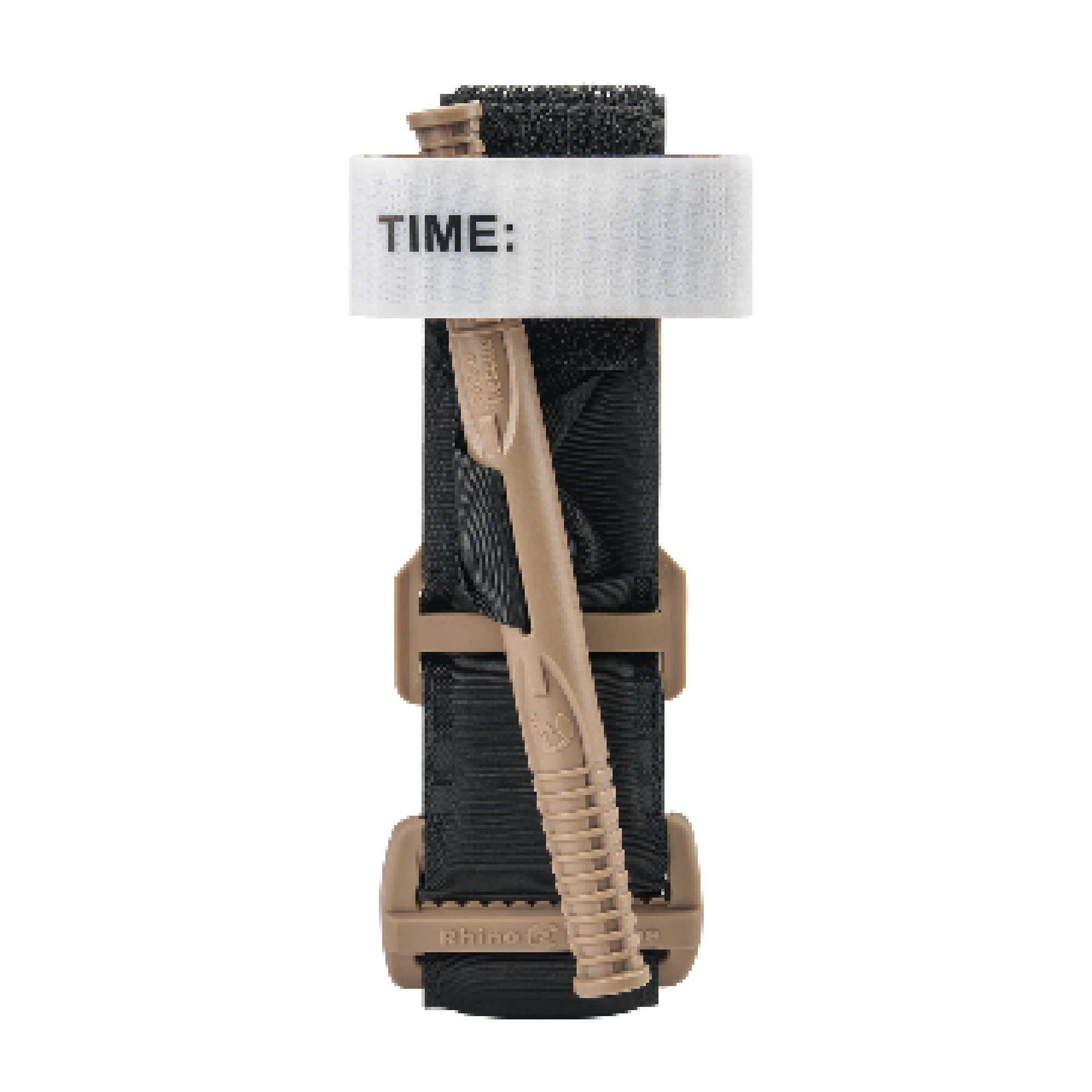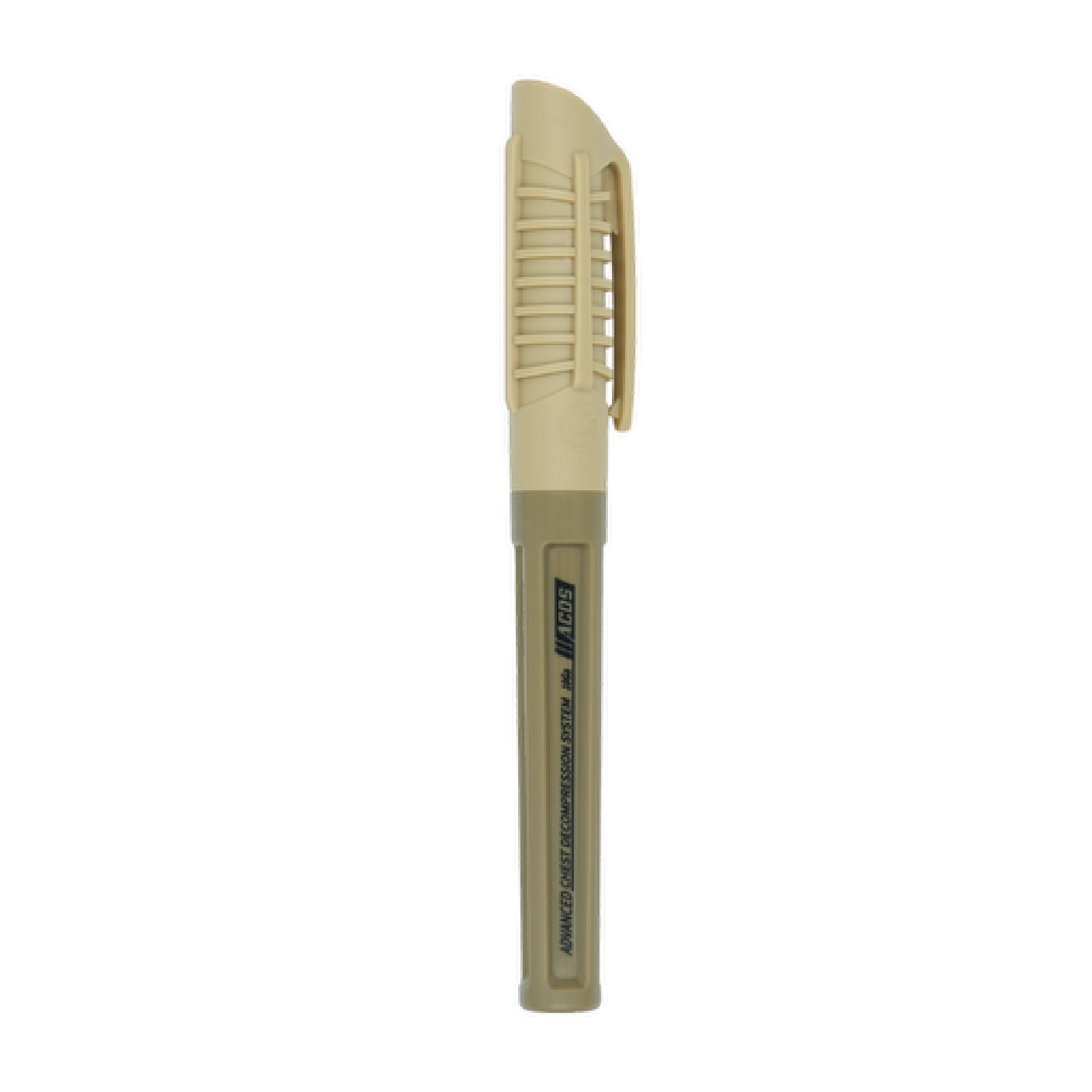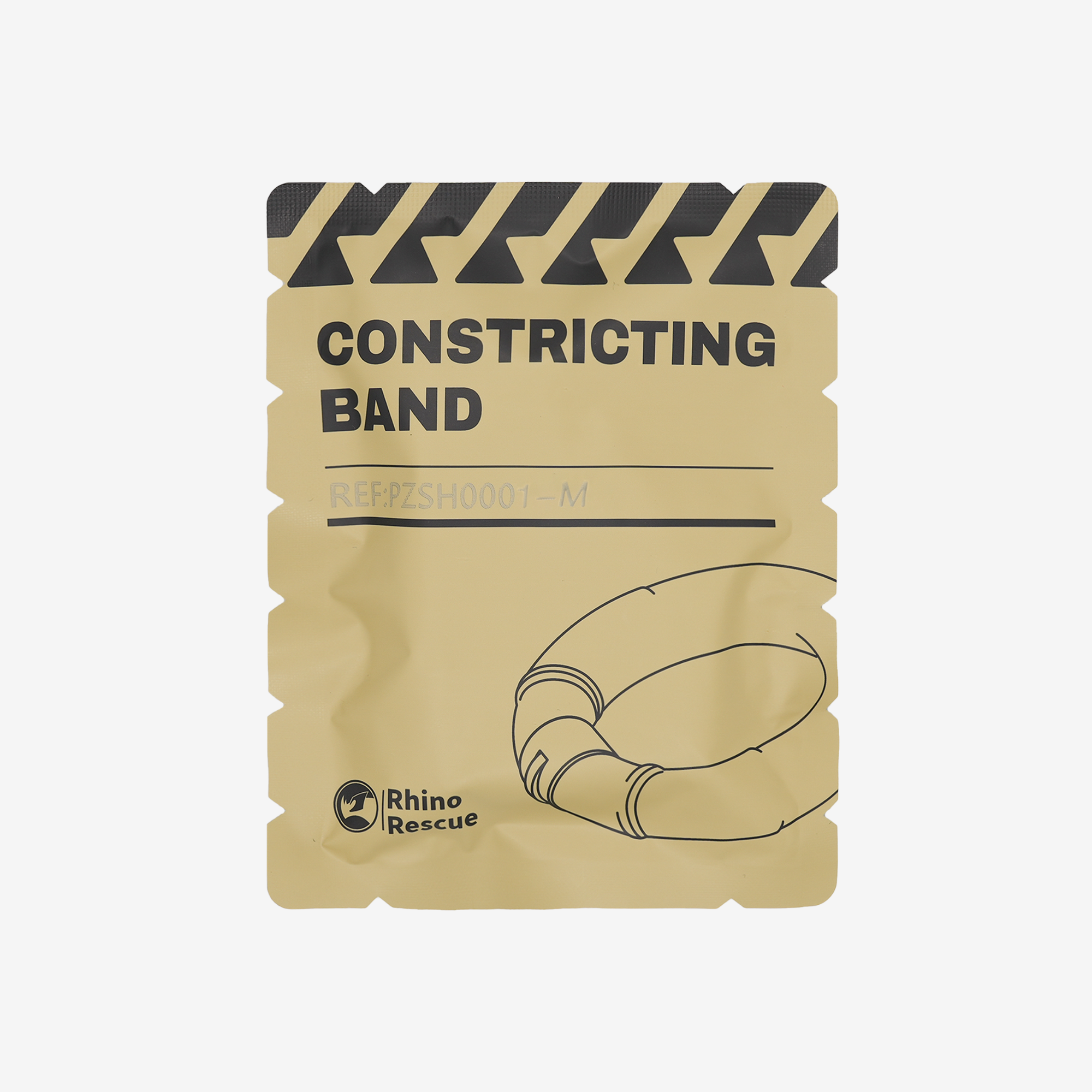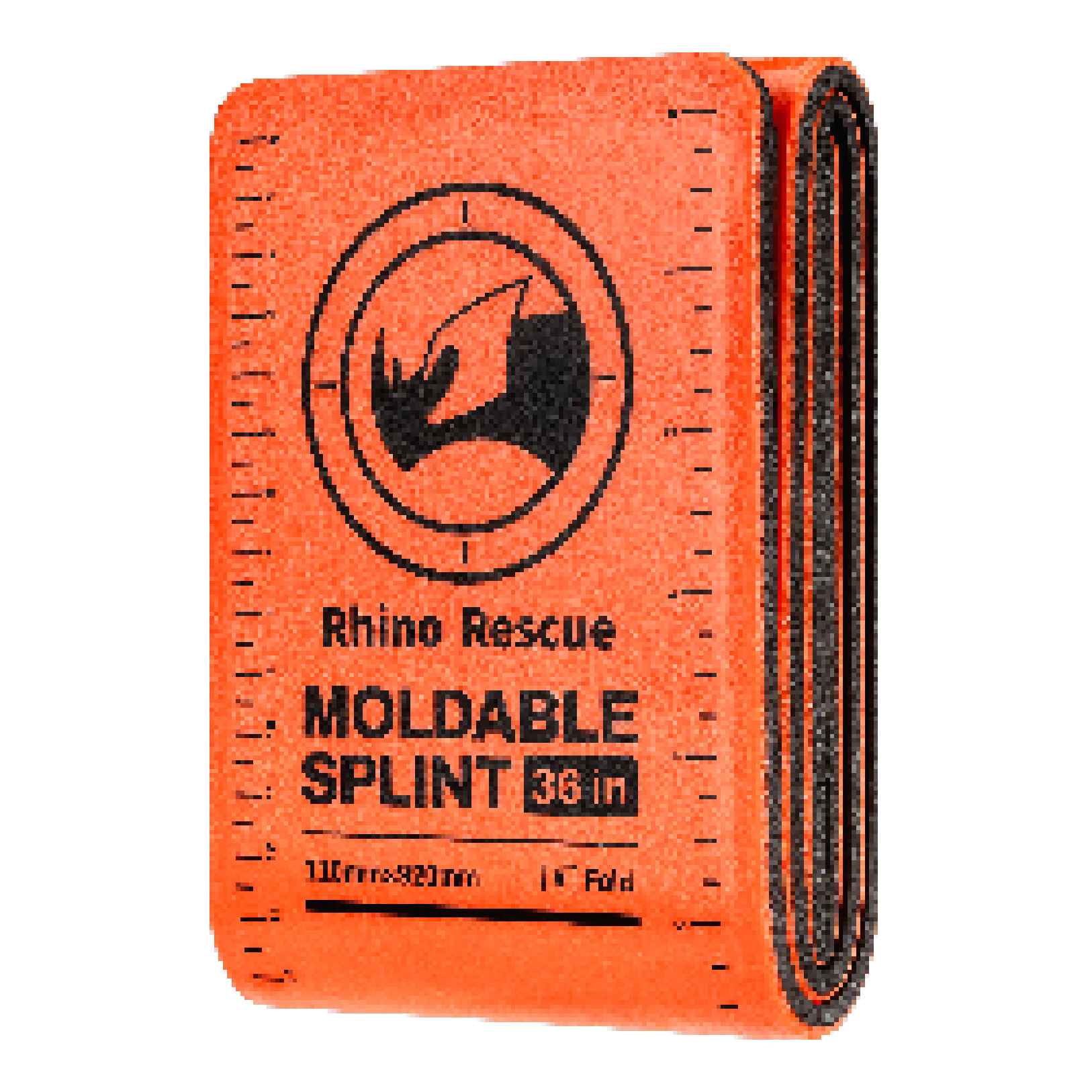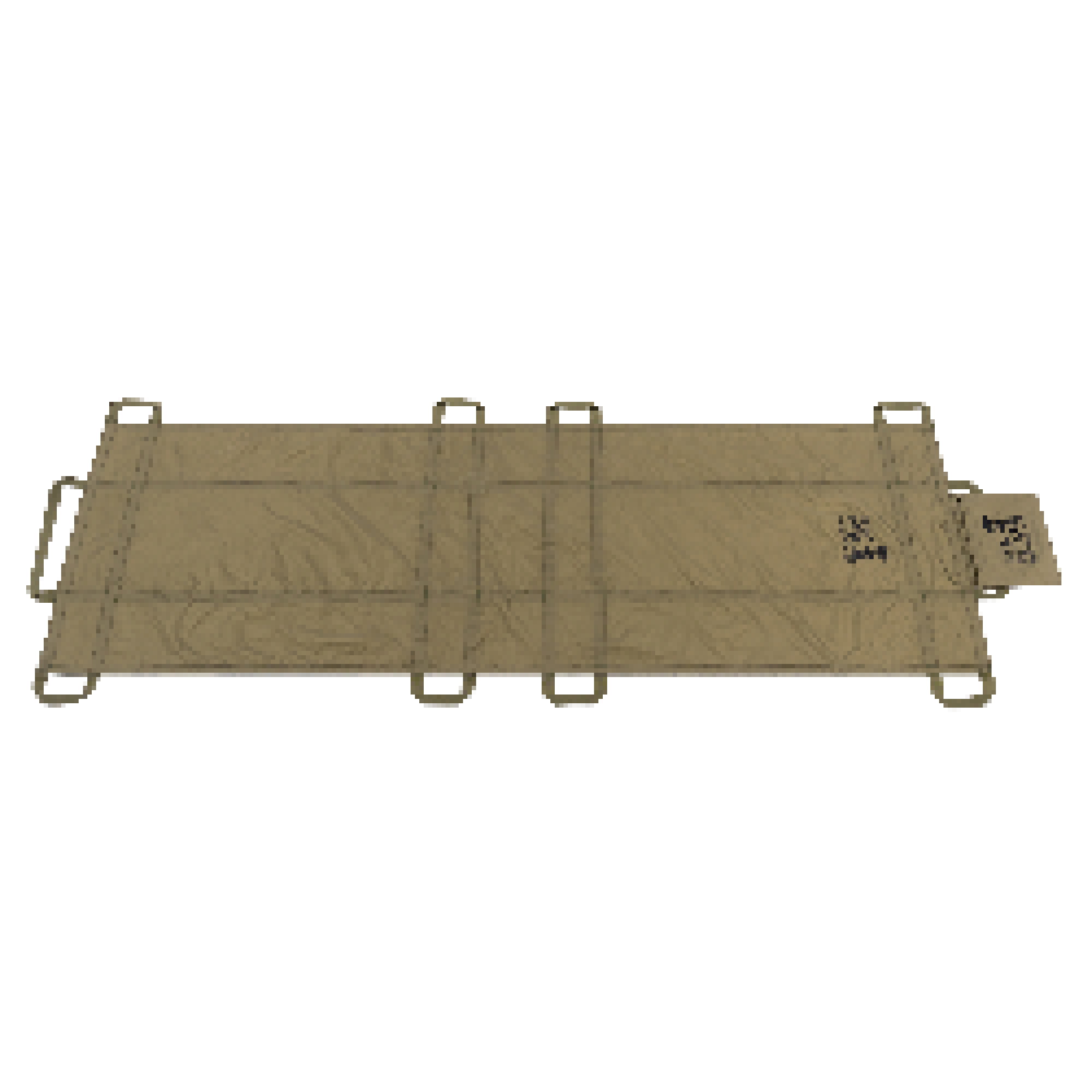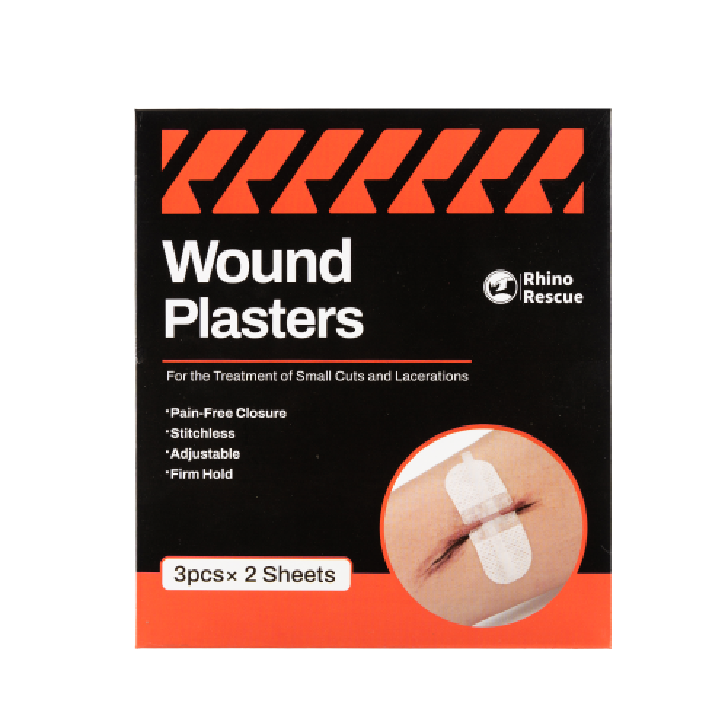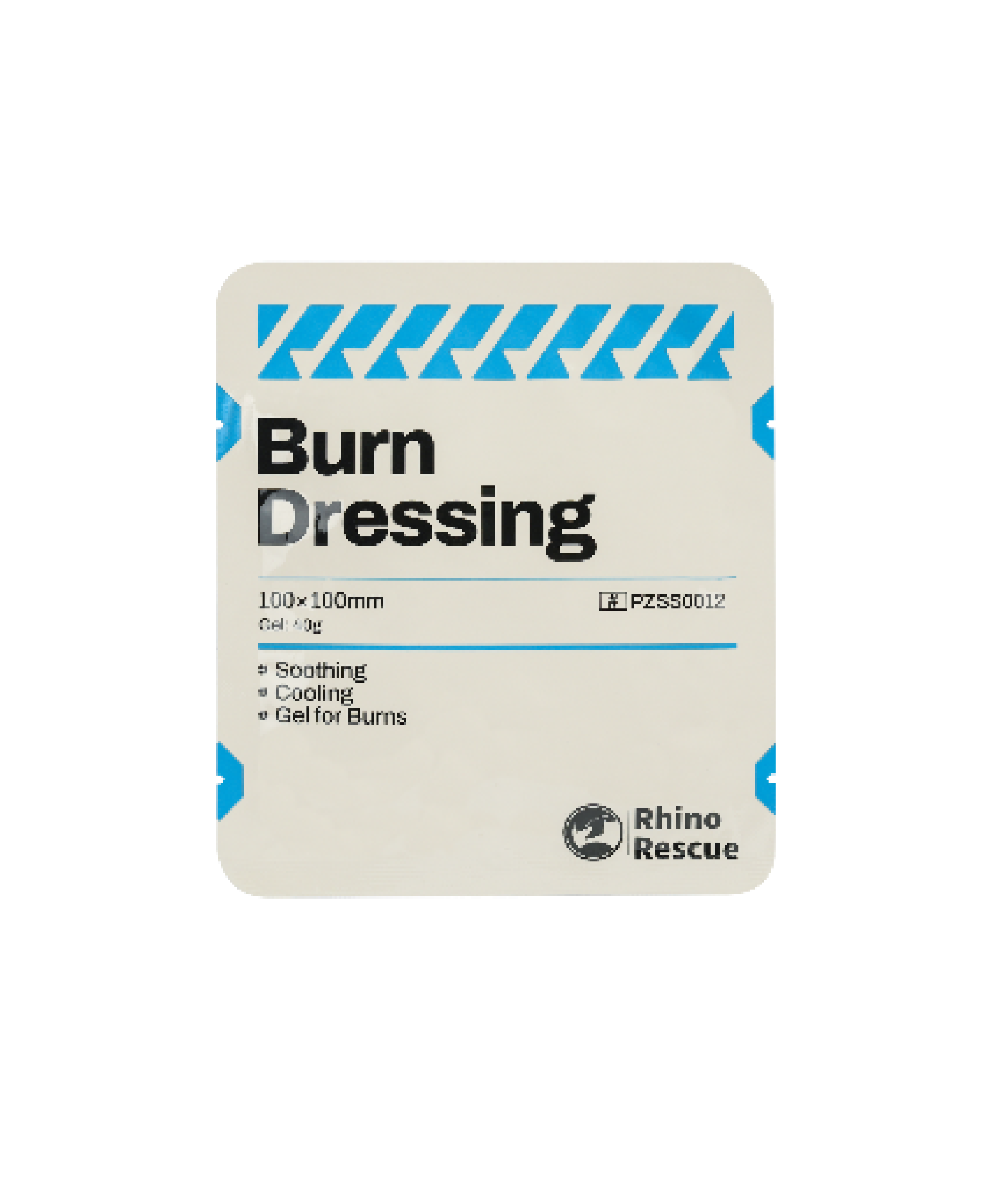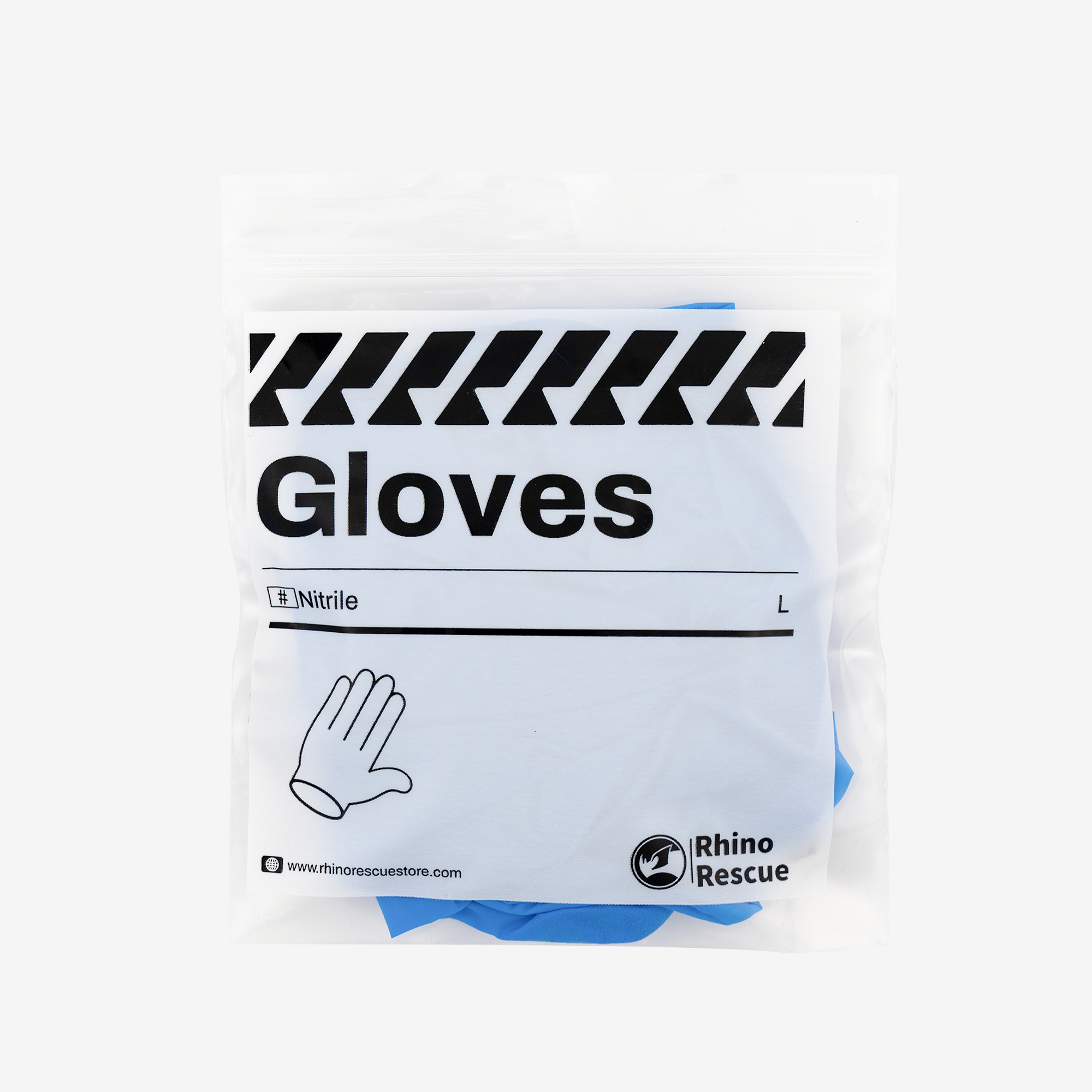Battlefield rescue is a very crucial part. On the one hand, it can saves the lives of the soldiers as soon as possible. On the other hand, it is of great significance to ensure the combat effectiveness of the troops and win the battle. Therefore, it is very necessary to learn and master the basic knowledge of battlefield rescue.
Four techniques of war injury rescue
Trauma hemostasis
If one wants to accurately stop the bleeding, it is necessary to master the compression point of the main artery. The common hemostasis methods are as follows:
Pressure bandage hemostasis. Cover the wound with a first-aid bag or disinfectant gauze, cotton, or cloth, and then tightly bandage it with a bandage or triangle towel. Mainly used for venous, capillary, or arteriolar bleeding.
Digital pressure hemostasis. Use fingers or palms to compress the artery proximal heart of the wound to block blood flow and achieve temporary bleeding. Mainly used for arterial bleeding in the head, neck and limbs. During overhead bleeding, align the anterior ear above the mandibular joint and press the superficial temporal artery. During facial bleeding, compress the facial artery at the lower edge of the ipsilateral mandible and about 3 cm in front of the mandible Angle with the index finger (or thumb). Bleeding from the head and neck, pressing the common carotid artery between the ipsilateral sternocleidomastoid muscles with the thumb or other four fingers, absolutely prohibit simultaneous compression on both sides. Thumb presses the inferior clavian artery in the middle of the ipsilateral supraclavicular fossa. The forearm and upper arm were bleeding, and the brachial artery in the medial groove of the upper arm was compressed with the other four fingers of the thumb worker. Hand bleeding, with the thumb of the ruler, radial artery on the wrist. Lower limb bleeding, thigh and below bleeding, when self-rescue, with the thumb of the upper thigh groin rub slightly lower femoral artery; mutual rescue, can use hand compression, the other hand pressure on it. When bleeding, the two fingers or thumb compresses the dorsal foot artery between the medial heel and the dorsal malleolus.
Tourniquet hemostasis. For large bleeding in the limbs, mainly using the tightening and hemostasis methods. When stopping bleeding, first put a piece of cloth or paper roll pad on the proximal artery of the bleeding wound, and then fold with a triangle towel into a ribbon, or with a handkerchief and other convenient materials around the limb 1-2 laps to tighten into a living knot, or with a gun bar, pen, small wooden stick inserted into it, a lift two twisted three fixed. Using this method, remember: cushion between tourniquet and skin; tourniquet is released every 1 hour (30 minutes in winter) for 2-3 minutes to improve blood circulation.
Wound dressing
Wound dressing is to stop bleeding, protect the injury, prevent infection, fix dressing, splint. The common materials for dressing include triangle towel, bandage and four-head band. The following is only the most commonly used triangle bandage method.
Head and face dressing
Bonnet-type dressing. Put the top corner and the bottom midpoint each knot, shaped like a hood, the top corner knot in the front jaw, and then pull the two bottom corners around the jaw to the Pilgrims.
Mandibular dressing. Fold the triangle towel into four fingers width, take one third of the place to the jaw, the long end through the head of the ear to the front of the opposite end of the ear and the other end cross, and then bypass the front jaw, pillow and tie on the opposite side.
Facial dressing. Tie the top corner of the triangle towel to cover the lower jaw, cover the head, and tighten the two bottom corners to cross to the forehead to tie it. The mouth, eyes, and nose of the triangle towel can be cut holes.
Shoulder, chest(back)dressing
Shoulder swallowtail dressing. Put the corner of the tail upward on the side shoulder, the bottom of the bottom of the tail around the upper arm, and then the two tails around the chest and back under the heart.
Chest and back dressing. Put the top corner of the triangle towel on the injury shoulder, pull the left and right two bottom corners to the back to tie the knot, and then tie with the top corner.
Abdominal and hip dressing
Abdominal dressing. Put the triangle towel down, put the bottom side horizontally on the umbilical side, pull the bottom Angle to the waist knot, the top Angle through the perineum to the hip above, with the bottom corner remaining head knot.
Hip dressing. Put the triangle towel oblique on the wound side hip, the Angle close to the hip crack, with the top corner of the belt in the leg root wound knot. Knolate the downward corner upward on the contralateral iliac crest.
Limb dressing
Hand(foot) dressing. Place your hand in the center of the triangle towel and point your fingers to the top corner. Pull the top corner to cover the back of the hand, the two bottom corners cross the top corner around the wrist knot. Dressing of the foot was the same as for the hand.
Elbow and knee dressing. Fold the triangle towel into an appropriate width, put the middle section oblique on the wound part, take the two sides of the belt to press the upper and lower sides respectively, and wrap around the limb for a week to knot.
Fixed method of fracture
Fixed method of the upper arm fracture. Place a board on the outside of the upper arm, fix the upper and lower end of the fracture with two cloth bands, and then hang the forearm to the chest with a triangle towel or belt. If there is no board, with rubber shoes can also replace. When there is no material, hold your upper arm to your chest with a backpack.
Fixed method of forearm fracture. Use two pieces of wood (or wooden stick, bamboo, etc.) respectively on the palm, back sides (when only one board, put on the back of the hand), with a handkerchief or towel folded into a ribbon tie fixed, and then use a triangle towel or belt hanging on the chest.
Fixed method of thigh fracture. A board the length of the wounded from arm to heel is fastened to the outside of the limb.
Fixed method of lower leg fracture. Take the length of more than the upper and lower joints fixed by the thigh fracture fixation method.
When fixing the fracture area, one should pay attention to the following points:
- When bleeding, hemostasis, bandage and later fixed;
- When the limbs are broken, it should be fixed from top to bottom, exposing the finger (toe) to observe the blood circulation;
- Fixed materials should not directly contact the skin, should pad cotton, cloth and other objects;
- Isolated limbs should be closed with the wounded for replanting;
- Fixed tightness should be appropriate.
Handling of the wounded
Single-person bare-hand handling method. It includes back type, hug type.
Double-person freehand handling method. It includes chair type, pull the cart type.
Handling method of the fracture of the spine. Two men held the wounded flat on a hard board (or door board) single rack. Never hold your head and feet and bend your body to avoid aggravating the damage.
In case of a firearm wear injury to make the brain tissue bulge wound, first loose the buckle, belt and fittings, to keep the respiratory tract unimpeded. Cover the bulging brain tissue with sterile gauze, then fold the gauze into a circle around the brain tissue (also buckle with a clean porcelain bowl), and gently bandage it with a triangular towel or cloth band. Do not compress the bulging brain benefit, and do not send it back to the wound. When returning, pad your head and turn the wound up. Keep warm when it is cold.
Blowing aerothorax
Chest injured air from the wound into the chest, compressing the lungs, causing dyspnea called open pneumothorax. Encounter such wounded should be quickly and tight to the people, close the wounds, to prevent the air from continuing in and out. The method of sealing is: use first aid bag outside skin inside surface (sterile surface) quickly close to the wound, and then use multilayer gauze cotton pad, with triangle towel pressure bandage. When sent after delivery, the wounded are taken in a semi-recumbent position.
Abdominal visceral removal
Abdominal injury accompanied by intestinal and other viscera out, should be rescued as soon as possible, as follows:
- Cover with clean dressing to protect the viscera, and then with thick dressing or wide belt around (can also use a clean bowl cover) off the viscera around, and then bandage. Be careful not to compress the viscera, and prohibit the viscera back to the abdominal cavity, so as not to aggravate pollution.
- Before and after dressing, the injured should be taken in the supine position and bend the lower limbs to relax the abdomen and reduce the pressure in the abdominal cavity.
- The wounded should strictly prohibit food or oral medicine.


